Dhaka, August 26 – The artistry of a skilled painter is often distinguishable by the unique brushstrokes and color elements across their canvas, differentiating a painting from reality. Similarly, subtle differences in photography can reveal the quality of the camera used. However, these boundaries have been astonishingly blurred by artificial intelligence (AI). AI-generated images are crafted with such precision that they appear indistinguishable from real photographs. Yet, careful observation can reveal telltale signs of their artificial origins. Here are some techniques to recognize AI-generated images:
The level of detail in an image can indicate its quality. While AI-generated images can appear highly detailed, they often exhibit inconsistencies, particularly when over-detailing is present. For example, edges of objects might appear unnaturally smooth, or certain textures could lack realistic roughness. AI-generated images might also feature exaggerated elements, especially in hair, feathers, or petals, which can appear unnatural compared to real-life photographs.
Real photographs usually contain detailed metadata, such as camera model, lens type, exposure settings, and GPS coordinates. In contrast, AI-generated images often lack this information. Instead, the metadata may contain details about the software or platform used to create the image, such as the name of the AI tool or the website where the image was first designed and uploaded. Examining metadata can help distinguish between an authentic camera photo and an AI-generated one.
AI-generated artworks often incorporate surreal elements and unique color manipulations that differ from typical photographic styles. AI creates these images based on various guidelines, which may result in surreal or unrealistic scenes, such as a perfectly smooth waterfall or unusually dark shadows during daylight. These elements can signal the image's artificial nature.
Performing a reverse image search using Google can help identify the origins of an image. By uploading a specific image or a part of it, users can find possible sources or web addresses where the image appears. This search may also reveal other digital artworks related to the image and determine if it is linked to an AI database. It can also show how many times the image has been repurposed online, providing clues to its artificiality.
AI-generated images often depict subjects and environments that seem real at first glance but lack contextual justification. These images may look surprisingly lifelike but contain unrealistic elements in the positioning of subjects or their surroundings. In the past, such images were created by skillfully combining multiple photos using Photoshop. With AI, this process has become so advanced that the images often appear convincingly real, though discrepancies in the environment can still expose their artificial nature.
Recognizing AI-generated images involves a combination of keen observation and an understanding of software-generated content. Analyzing subtle inconsistencies, monitoring metadata, understanding AI's distinctive drawing style, and using reverse image search can all help uncover the artificial nature of an image. Observing discrepancies in the three-dimensional positioning of subjects, as well as the contrast between light and shadow, can also distinguish an AI-generated image from a real photograph. These techniques are invaluable tools for verifying the authenticity of images in an era where AI is increasingly capable of creating lifelike visual content.



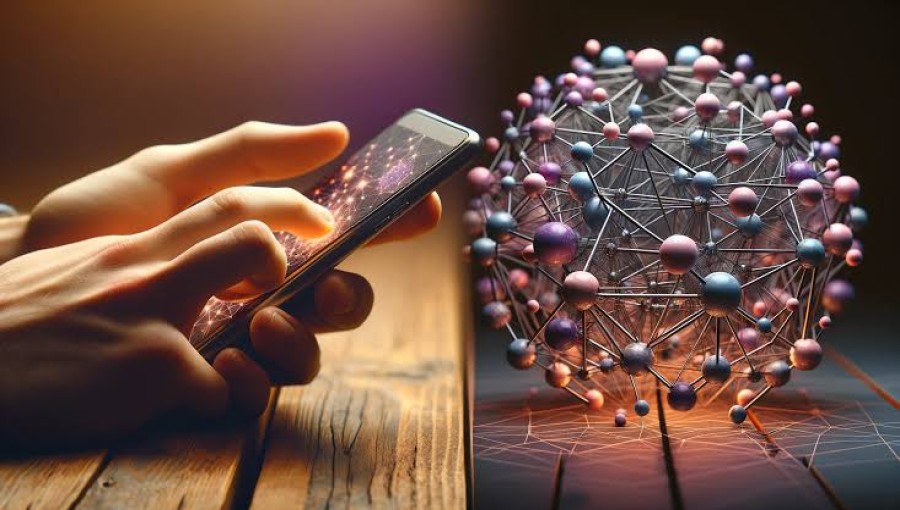
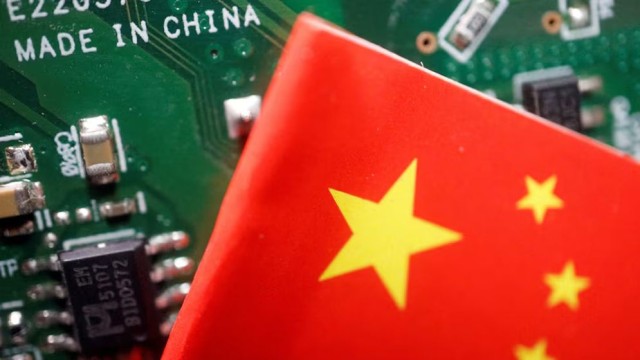
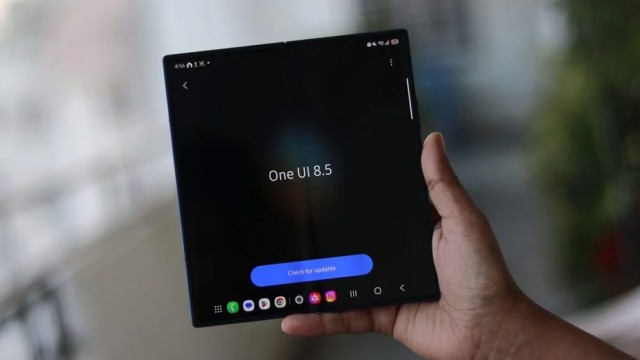
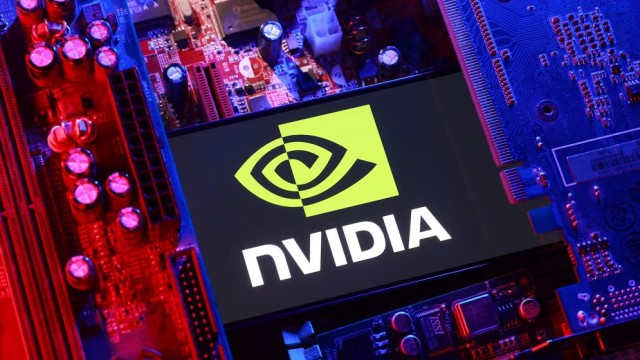
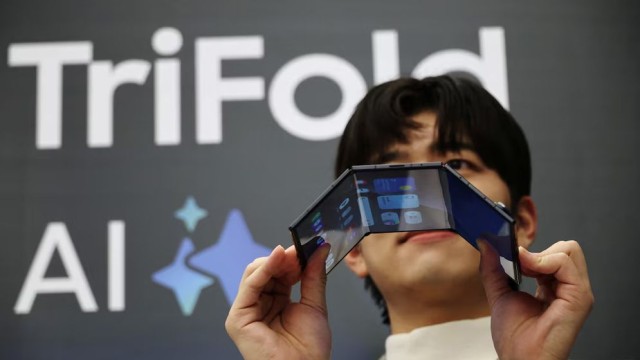
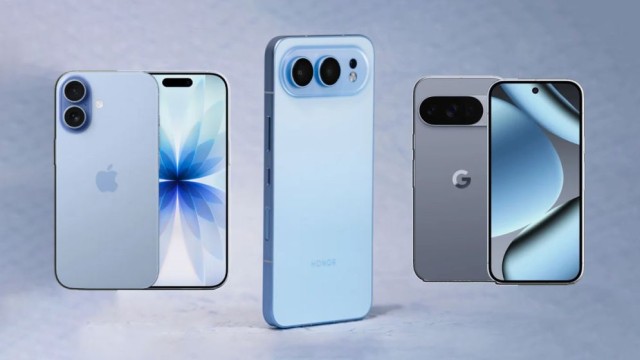
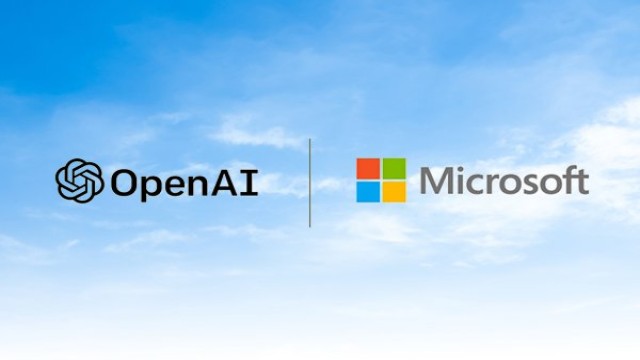

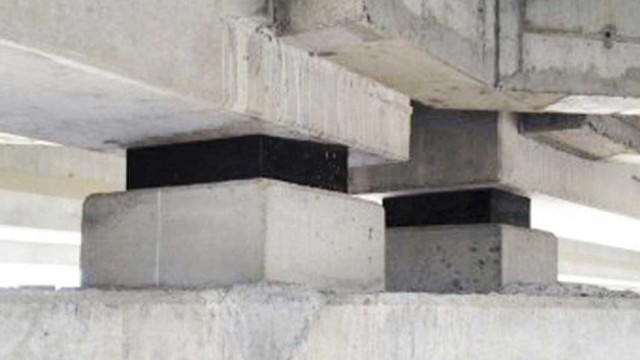
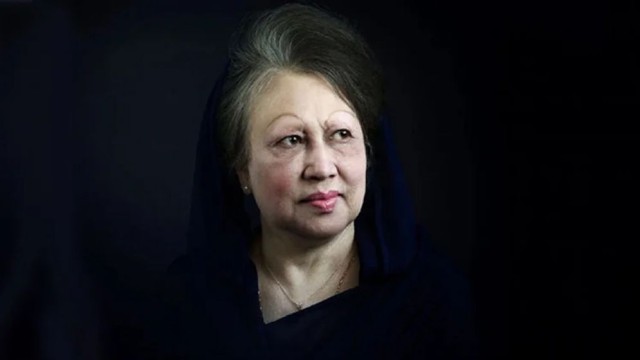

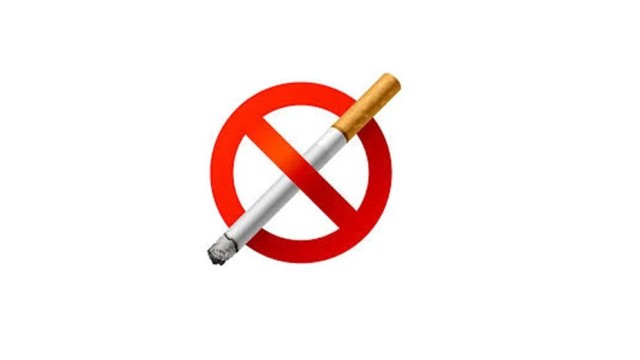

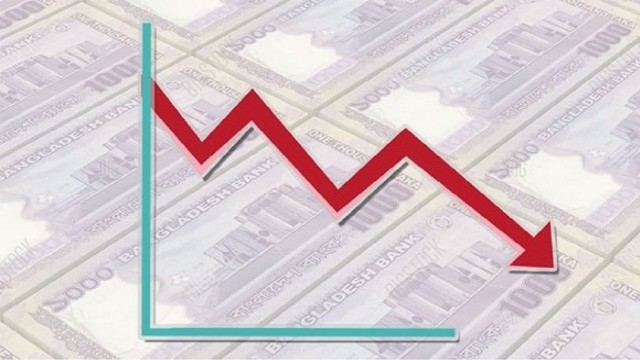
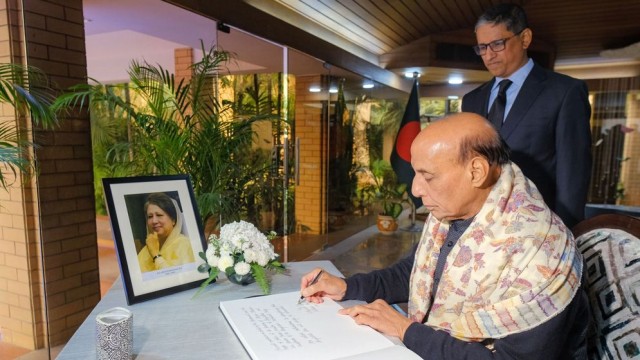
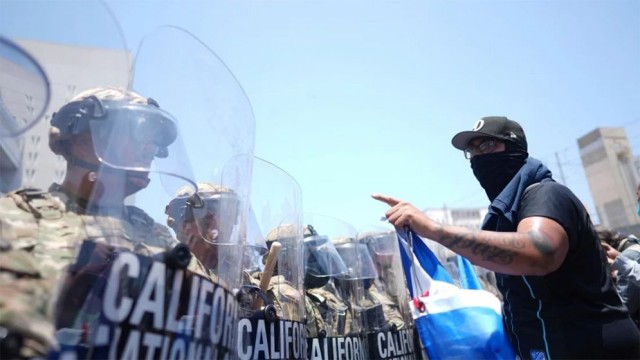





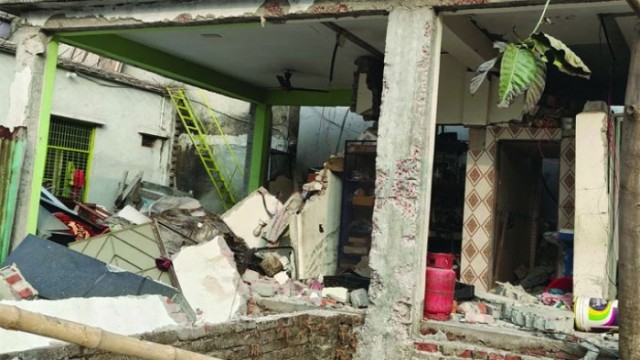





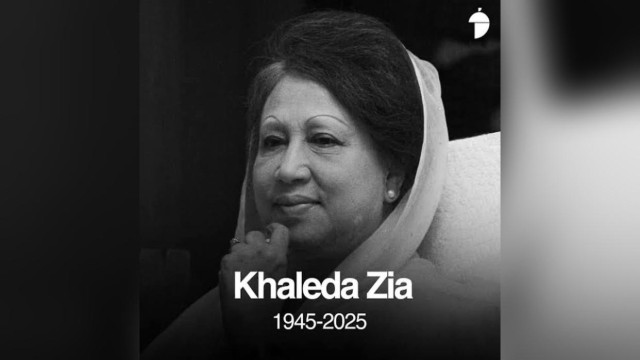
Comment: